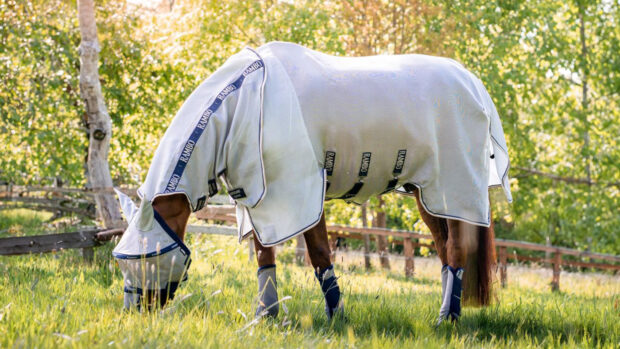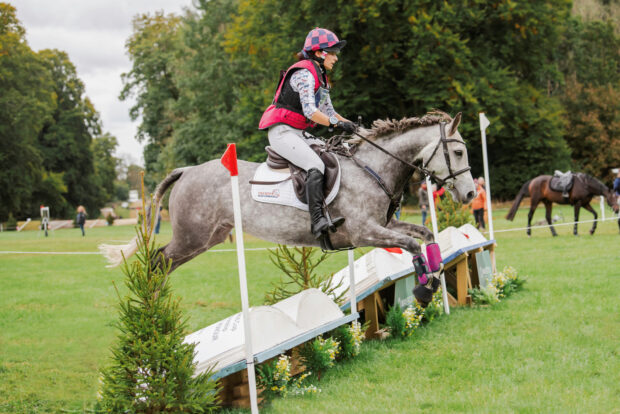Q: I have always been told that, when placing brushing boots on a horse, the straps should be done up towards the back of the horse. Is this correct and, if so, why is this?
Islay Auty answers: The information you have been given is correct. Traditionally, brushing boots are fitted with the straps facing backwards.
This originates from the time when all boots were fitted with buckles and straps, long before Velcro was thought of.
In heavy going, or particularly when riding through undergrowth where branches and twigs might pull at the legs, buckles were much more secure and unlikely to be pulled undone if fastened facing backwards.
These days boots are made in a huge variety of materials and are attached with different fastenings – many with either single or double layers of Velcro.
Fastenings should still face backwards because often the boot is shaped to fit the leg with this factor in mind. It is less essential nowadays because fastenings are often well concealed and flush with the leg, rather than sticking out like some of the old-fashioned buckles.
The most important factors when fitting boots is that they are applied with the hair smooth underneath and with sufficient pressure to keep the boot in place but not so tight as to damage the leg. Loose boots may slip down causing interference and a foreign body may slip inside the boot and chafe the horse’s leg.
Boots should be kept in good condition. The leather should be cleaned and oiled frequently and synthetic materials kept washed and free of mud and dirt.



